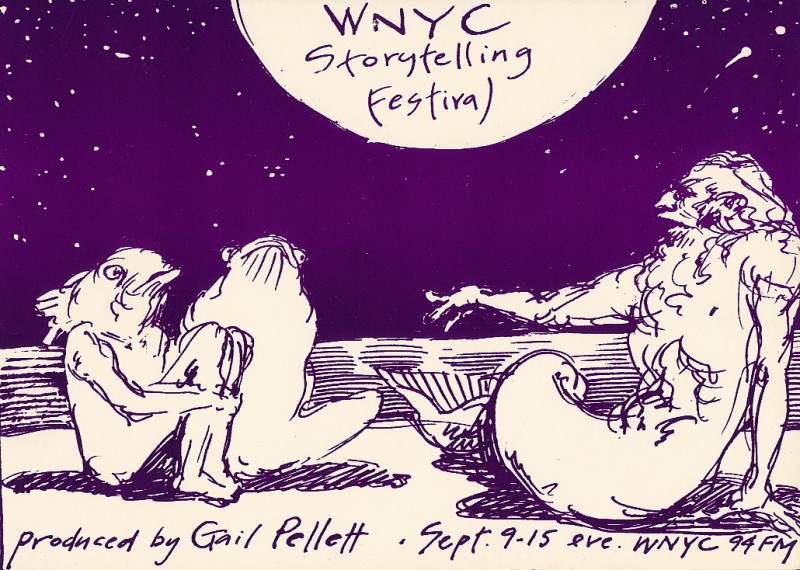 WNYC’s 1979 Storytelling Festival combined live storytelling in public venues around New York and 6 days of storytelling on the air. I produced those programs — six 90 min documentaries about Story, Storytellers, Myths & Dream, Fairies and the SuperNatural, Folktales and Legends — weaving together stories told by professional storytellers and the voices of anthropologists and folklorists who study story and storytelling. Stories include Jay O’Callahan’s famous “Raspberries,” a Pygmie myth by Laura Simms, “Nobody Slept” by Rabbi Schlomo Karlbach, a ghost story by Kathryn Wyndham, a Chinese version of Cinderella by Diane Wolkstein, “Max’s Blues” by Brother Blue and a Grimm’s tale by Joyce Timpanelli, a Br’er Rabbit story by Julius Lester and many more.
WNYC’s 1979 Storytelling Festival combined live storytelling in public venues around New York and 6 days of storytelling on the air. I produced those programs — six 90 min documentaries about Story, Storytellers, Myths & Dream, Fairies and the SuperNatural, Folktales and Legends — weaving together stories told by professional storytellers and the voices of anthropologists and folklorists who study story and storytelling. Stories include Jay O’Callahan’s famous “Raspberries,” a Pygmie myth by Laura Simms, “Nobody Slept” by Rabbi Schlomo Karlbach, a ghost story by Kathryn Wyndham, a Chinese version of Cinderella by Diane Wolkstein, “Max’s Blues” by Brother Blue and a Grimm’s tale by Joyce Timpanelli, a Br’er Rabbit story by Julius Lester and many more.
For the live part of the festival storytellers from all over the country from Maine to Alabama, from North Dakota to North Carolina told stories on the Staten Island Ferry and Central Park, in an Irish Pub and City Hall Park, at the Cloisters and the Bronx Botanical Garden and even at a Bronx factory.
The documentaries and programs with storytellers were aired during the same week and included storytellers – Nicole Jones, Naomi Lucas, Laura Simms, Henry Crowdog, Brother Blue, Joyce Timpanelli, Jemelia Abraham, Guy Tucker, Timothy Petalina, Jay O’Callahan, Ray Hicks, Katherine Wyndham, Richard Pryor, Doc McConnell and Diane Wolkstein, resident storyteller on WNYC. Anthropologists, psychologists and folklorists include: Joseph Campbell, Harold Courlander, Bruno Bettelheim, Alexander Randall, Barbara Klein, Brian Sutton Smith and Sally McLendon.
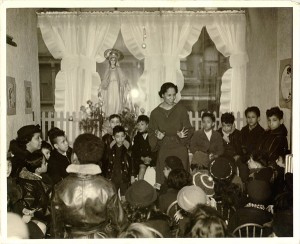
Folktales are the most popular stories in the world and have historically been used to educate the young into a moral universe. Their distinguishing characteristic is the ingenuity of the central character — usually a trickster. Folktales also include close relationships between humans and animals. And animal characters usually take on human characteristics.
The first story — The Parrot who wouldn’t say Caetano — is told by Puerto Rican storyteller, Pura Belpre. Belpre was the first Puerto Rican Librarian in New York and grew up in a house on the island where stories were told all the time. She also tells the story, The Bed.
Linda Goss, Philadelphia storyteller — honors the griot tradition of West Africa. She tells a rhyming story about a trickster monkey. She tells us that this story, although originally from Ghana, is told in African-American communities in the U.S. And there’s always a lesson.
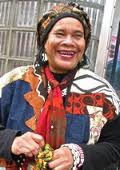
“In African folklore you often begin with the ending,” says Harold Courlander, folklorist and novelist. Courlander has published collections of African, African-American, Indonesian and Native American stories.
The trickster is central to folktales — often depicted as coyote or rabbit in Native American stories. “The trickster is universal in African stories depicted as a small, sharp animal who could be anybody’s victim but is smart — yet stupid at times,” says Courlander. “There are the spider stories of Ghana and the Tortoise in Yoruban stories and the Hare in South Africa.” The spider trickster, Ananci, traveled to the English speaking Caribbean. In Haiti, the trickster took on human form as Ti Malice, a peasant.
August Baker, who told stories at the New York Public Library for 37 years, tells a Ti Malice Story. Another New York storyteller, Diane Wolkstein, tells another story from Haiti.
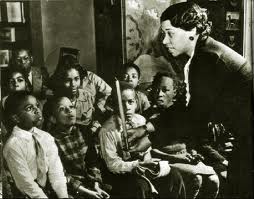
Br’er Rabbit stories were popular among Blacks in the South but were in hiding, says Julius Lester, who teaches African American History at University of Massachusetts in Amherst, Massachusetts. Lester is also a novelist and storyteller. He has authored many Br’er Rabbit collections along with other African American stories and Jewish stories. He tells a Br’er rabbit story “Bre’er Rabbit stories are painful, they teach you how to mediate unimaginable pain.” says Lester.
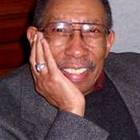
Lester began publishing Br’er Rabbit stories when he was a member of the Student Non-Violent Coordinating Committee that conducted dangerous voter registration drives through the South in the early sixties. “This tradition was being devalued and I wanted to collect these stories to show how powerful and important they are.” Lester’s three children, Malcolm, Jody and Elena also share their stories in this program.
Manoli Wetherell, recording; David Rapkin, engineering
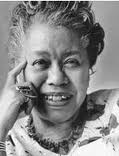
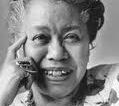
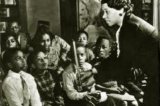
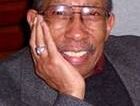
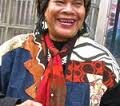
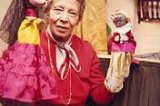
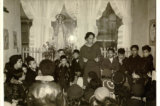
Real important story telling is universal. These are well told and explained ,
The telephone number I have for Linda Goss is incorrect. I have had her as a guest at St. Joseph’s University and Fairmount Behavior health. I AM CONSULTING AT cARSON VALLEY CHILDREN’S AIDE NOW and I would like to hire Linda especially around the areas of sexual abuse and bullying. I can be reached at 610-247-4874.Please help me the children are in dire need of the kinds of lessons she can impart.
Thank you, Dr. Wayman
Dear Dr. Wayman: Thank you for taking time to explore my archival website and this posting on the Storytelling Festival that I produced 35 years ago for WNYC-FM in New York. I have lost track of many of the storytellers, but I will do a search to try to help you locate Linda Goss.
Dear Dr. Wayman: If you go to the website for the National Association of Black Storytellers you will find contact information. This organization was founded by Linda Goss. Please let me know if you are successful in locating her. Gail Pellett
Thank you for saving and sharing an example of Augusta Baker’s storytelling style. I searched and searched, and your clip was the only recording I could find.
Thank you for the sharing and preserving the past!
Thank you for letting me know this. I will check the series and see if there are other clips. Best, Gail